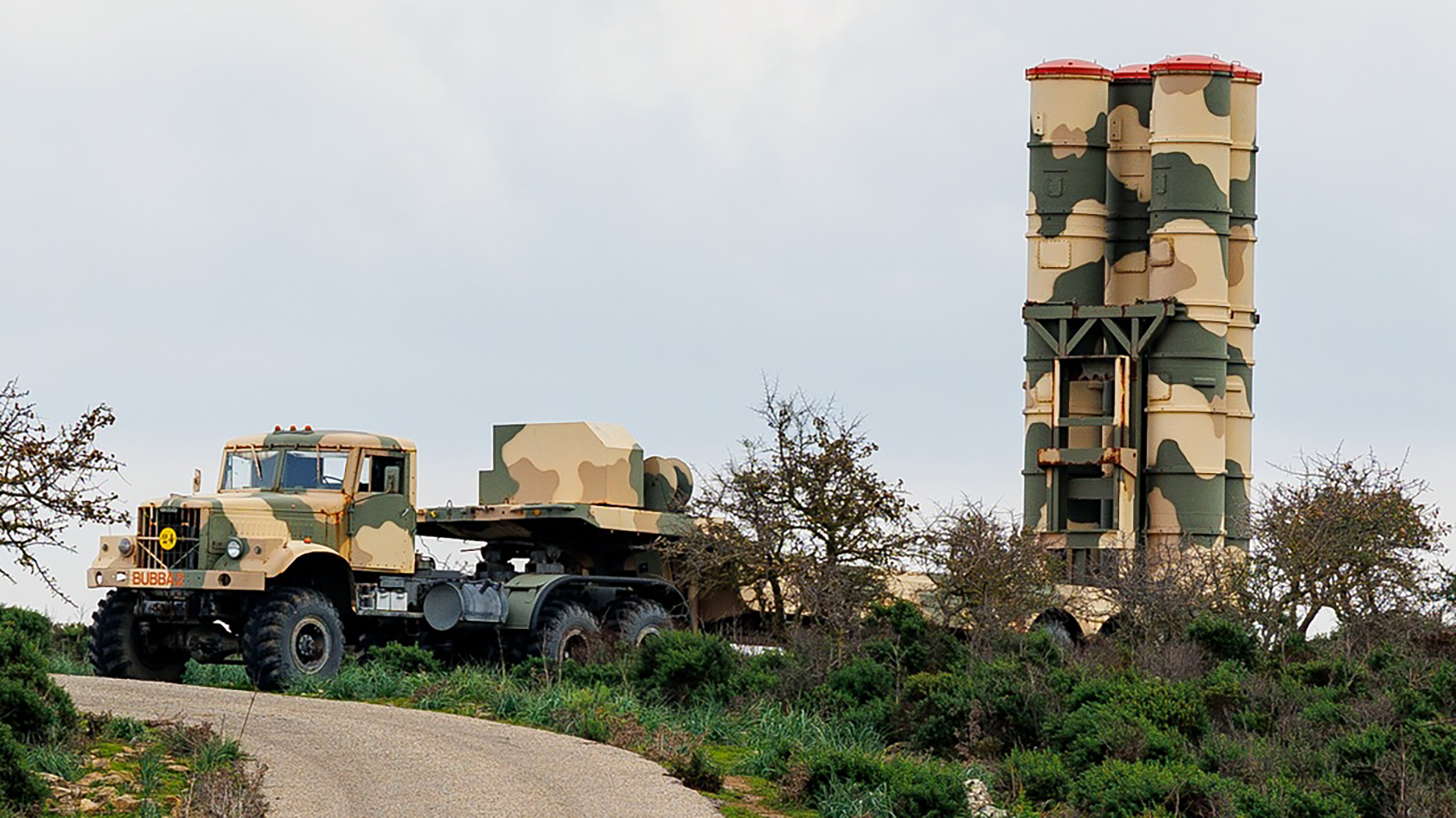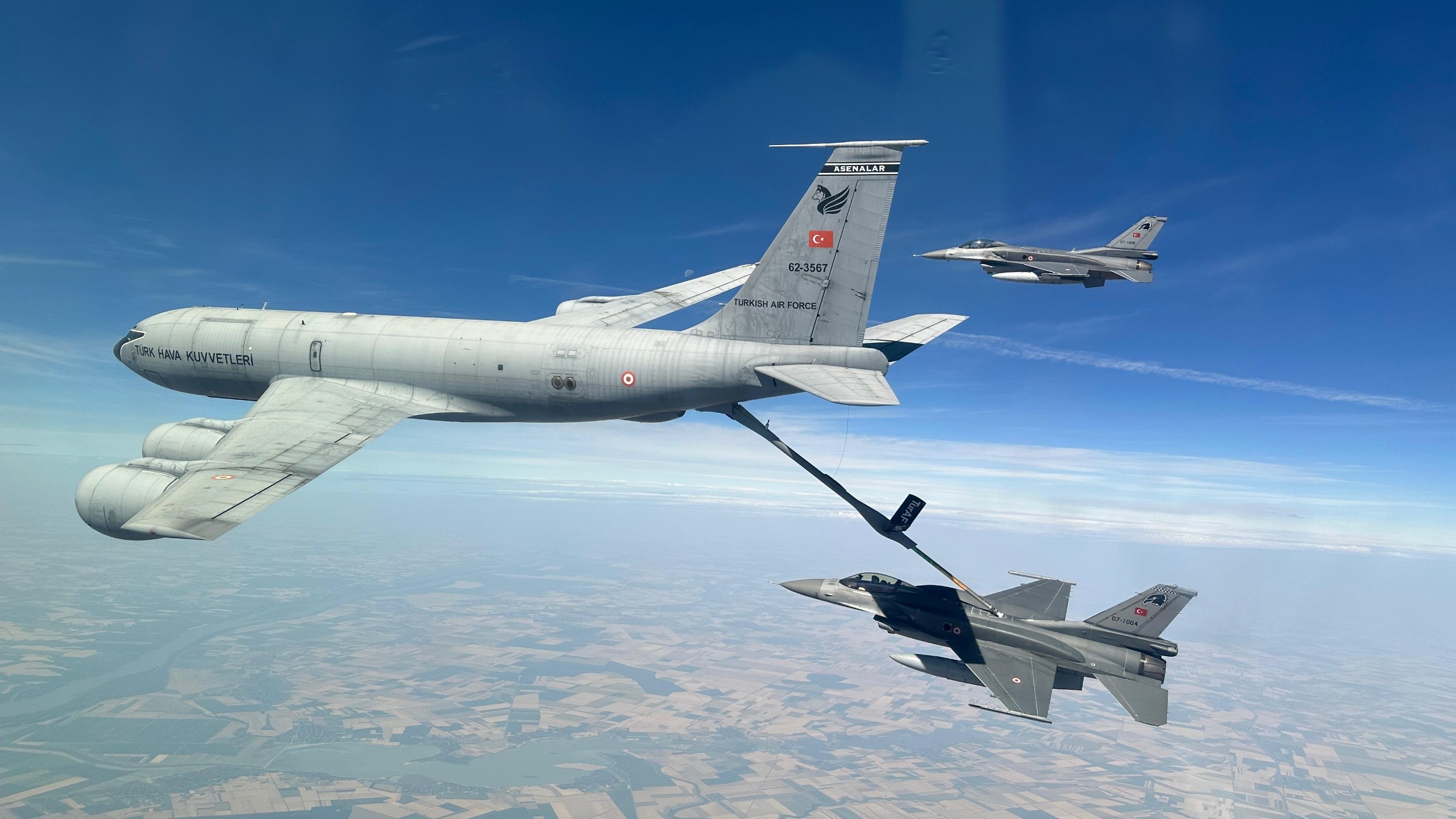Hypersonics on the Hill: ARRW back in Air Force quiver, Army to seek new munitions
Army leaders also discussed the future of their non-hypersonic long-range missile options, including tests planned for a newer munition.


Master Sgt. John Malloy and Staff Sgt. Jacob Puente, both from 912th Aircraft Maintenance Squadron, secure the AGM-183A Air-launched Rapid Response Weapon Instrumented Measurement Vehicle 2 as it is loaded under the wing of a B-52H Stratofortress at Edwards Air Force Base, California, Aug. 6. (Air Force photo by Giancarlo Casem)
WASHINGTON — In dueling hearings on the Hill today, Pentagon leaders disclosed renewed pushes into the field of hypersonic weapons, with the Air Force chief saying the once-on-ice ARRW is very much back in the service’s quiver and the head of the Army revealing plans to evaluate new rounds.
For the Air Force, Chief of Staff Gen. David Allvin testified that his service now plans to move ahead with the procurement of the Air-Launched Rapid Response Weapon (ARRW), a surprise reversal of fortunes for the system shelved under the Biden administration.
“We are developing, and you’ll see in the budget submission assuming it’s what we had put forward, two different programs. One is a larger form factor that is sort of more strategic long-range [missile] that we have already tested several times. It’s called ARRW and the other one is HACM,” Allvin said during a House Armed Services Committee hearing.
“There are two systems that are now continuing to develop and moving beyond the [research and development], getting into the procurement range in the very near future,” he added.
Officials previously explained that they were “more committed” to HACM, or hypersonic attack cruise missile, because its smaller size meant the weapon would be compatible with more aircraft. After some back-and-forth, Air Force officials eventually said they were leaving the door open to procure the ARRW at a later date if deemed appropriate. Yet until now officials had not revealed any concrete plans to procure the weapon.
The final trial in ARRW’s test campaign was conducted last year, and it’s not clear if the fiscal 2026 budget will proceed immediately into procurement of the system. An Air Force spokesperson told Breaking Defense that further details are not available until the FY26 budget is finalized by the Trump administration.
Lockheed Martin is the supplier for ARRW, whereas RTX serves as the prime for HACM. The HACM was planned to enter flight testing in FY25, according to previous Air Force budget documents.
Meanwhile, questions about Army plans for its Long-Range Hypersonic Weapon, dubbed Dark Eagle, also came up today during a Senate Armed Services Committee hearing with Secretary Daniel Driscoll and Chief of Staff Gen. Randy George.
After technical issues delayed the service from fielding Dark Eagle, the newly minted Army secretary said the first unit should have an operational capability later this year. And looking to the future, Driscoll said the service is looking for alternative (and possibly cheaper) hypersonic weapons.
Today, the Army and Navy are teamed up on Dark Eagle with the Army using a land-based truck system to fire rounds capable of traveling “well over” 3,800 miles per hour — five times the speed of sound, the general definition of hypersonic — towards targets within a 1,725-mile range, according to a Congressional Research Services report.
As for those rounds, both services are using the same Common Hypersonic Glide Body missile produced by Dynetics.
One Army official explained to Breaking Defense that the service is now looking for alternative companies that can produce a new round so that “we have a range of options.”
Looking Through The PrSM
That approach, the official added, is similar to Army plans for its portfolio of Precision Strike Missiles (PrSM), not a hypersonic weapon but another one under the service’s long-range precision fires portfolio.
The initial version of PrSM is designed to replace the MGM-140 Army Tactical Missile System (ATACMS), hit targets at least 500 kilometers away and to be launched from both the M142 High Mobility Artillery Rocket System (HIMARS) and the M270A2 Multiple Launch Rocket System (MLRS).
Future versions of the weapon also include an Increment 2 with a multimode seeker, known as the Land-Based Anti-Ship Missile (LBASM) seeker, and a PrSM Inc 3 which would seek to add in enhanced lethality payloads.
The Army also tapped a Lockheed Martin team and a Raytheon Technologies-Northrop Grumman team to work on competing PrSM Inc 4 designs that can fly more than 1,000 kilometers, possibly double the range of the current version. There are also plans for a fifth PrSM, though with a different name, that can be fired from an autonomous launcher to hit targets beyond 1,000 kilometers.
While the service is developing those different versions under the PrSM umbrella, by early next year it is planning to test out a newer missile with a “much longer range” that is significantly cheaper, the Army official explained.
“[We want to] see what else we can have rather than being solely reliant on one prime,” the official said. “The intent is to invoke competition and find ways to [build the] munitions stockpiles.”






















































































































































